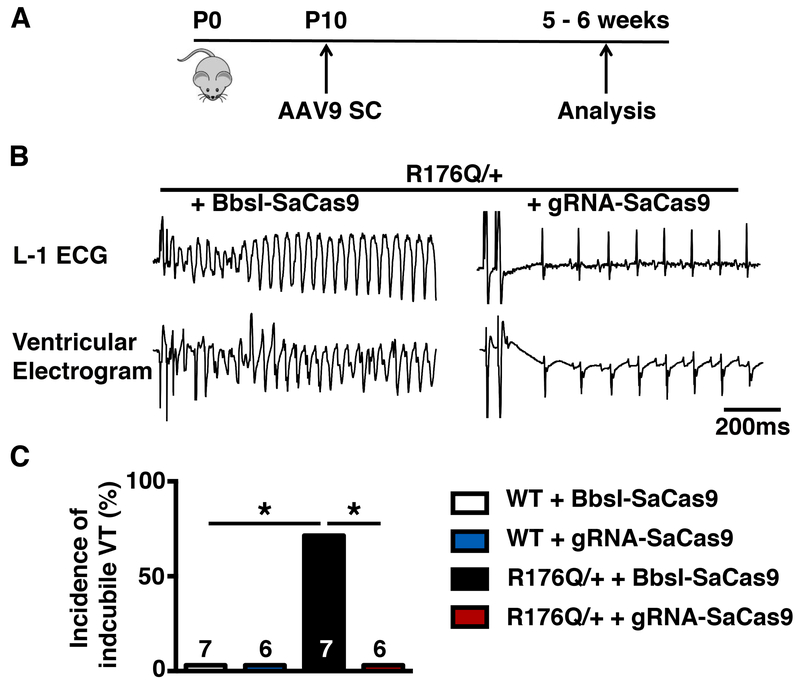Figure 2. AAV9-mediated gene editing makes R176Q/+ mice resistant to arrhythmia induction.
A, Experimental timeline of AAV9 injections and subsequent phenotypical analysis B, Representative examples of simultaneous recording of surface ECG lead I (L-1) and intracardiac ventricular electrogram showing sustained polymorphic ventricular tachycardia in a R176Q/+ mouse treated with placebo (AAV9-Bbsl-SaCas9; left) and normal sinus rhythm in an AAV9-gRNA-SaCas9 treated R176Q/+ mouse (right). C, Bar graph summarizing the incidence of inducible sustained VT in R176Q/+ mice and WT littermates treated with AAV9-Bbsl-SaCas9 or AAV9-gRNA-SaCas9, respectively. Abbreviations: P, postnatal day; SC, subcutaneous. *p<0.05.

